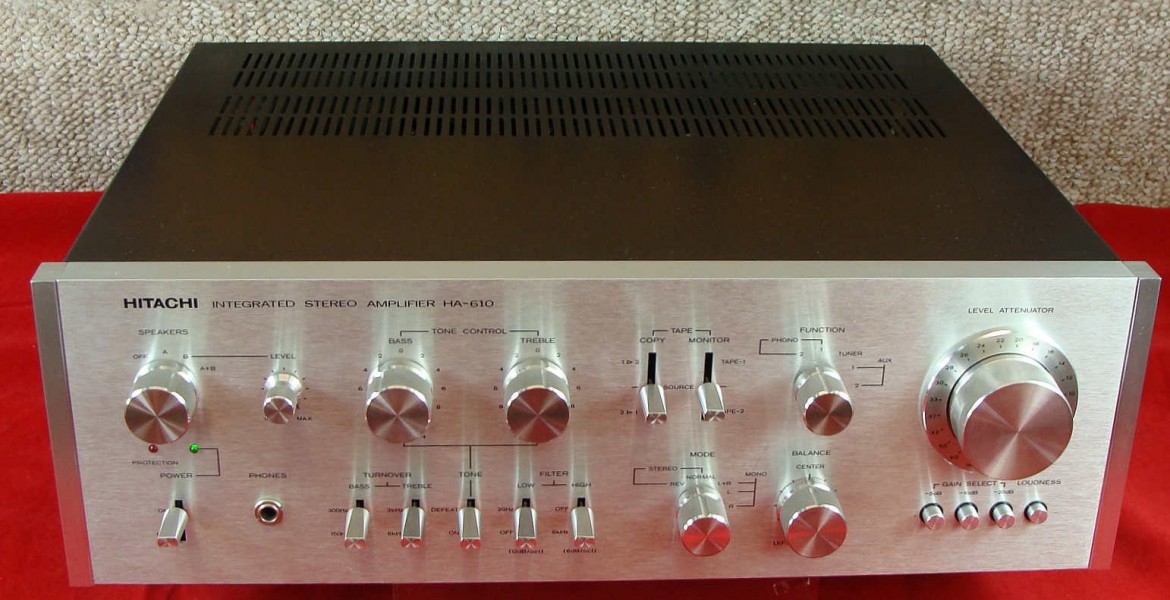Every single parameter that makes a product excellent.
Some of the products people are throwing into the discussion specified their THD (+N in real terms) from 10mW to full rated power, and all others were a minimum of 250mW to rated power and the numbers were worst case. Who is specifying that now? They aren't, they are specifying best case at full or half rated power, just before the knee and certainly not back around 250mW or below where the noise dominates. Not apples to apples comparisons.
Power bandwidth. OK, let's decide how important it is and what is acceptable and what isn't. On the one hand you have Class D proponents saying nothing over 20KHz should be measured, talked about, or tested and yet we have vintage amplifiers that
a) emit nothing in the HF that needs filtering just to measure, and
b) have power bandwidths (-3dB) of 40KHz up to any number you can imagine. So is a -3dB at say 40Khz@8R acceptable?
Let's test all amplifiers for upper and lower -3dB (half rated power) PBW points and score them on a performance chart accordingly. We know the Class D aficionados will be up in arms and say it's not important. Can't have it both ways.
Test amplifiers single channel, both channels, into 8/4 and 2 ohms. Burst power into half rated load impedances. Cook them for an hour and see what happens. Blow some fuses and trip some relays. Test these things. They are built for it- or at least the vintage ones were. (no screwdrivers across the outputs- that just not fair)
Are they well built? Will they last more than the warranty period? We have 40+ year old loyal products being suggested in this thread- that is surely an indication of fitness for purpose. We know some of those early Hitachi MOSFET (K134/5 J149/50) designs (Perreaux/Hafler/Nikko etc) are virtually as good as it got for the time (1980s) and still stack up now. Is the product easy to use, enjoyable in operation? Do they make noises/cracks/thumps etc? Is there any audible buzz/hum or hiss either physically or electrically? Do they shut-down when they shouldn't? Can you get parts at a reasonable price and is the product good value to start with?
Or were they simply great in some areas (whatever the flavour of the month happened to be) and not so good in others? There has always been a fashion in HiFi, and right now, we are just in another fashion moment. This thread is about looking for worthy challengers to the current fashionable SOTA gear. We all know that on a level playing field, the measurable differences between some vintage gear and modern are going to be close and most likely utterly inaudible.
What suggestions of yore do you have for gear that has floated over your bench in the past and really impressed you? What gear did you make proclamations of of "instrument quality waveforms" or "the best you've ever tested"?
That's what this thread is about. Not zooming in on a singular measurement, but looking at the big picture. Maybe uncovering possibly very special vintage products languishing in members' basements that Amir (or yourself) might test if the member or the item is close enough. I have a ton of gear, but I'm on the other side of the world (with no AP

) and I know there's members with some really good vintage gear.


